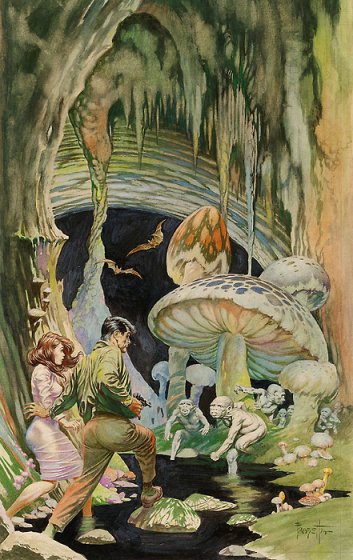A bit of a depature for this Wednesday, a couple of books about comics and comics history. Despite the similarity in stated goals and the basic facts they cover, the works have different perspectives that make both valuable.
Comic Book Nation: The Transformation of Youth Culture in America (2002) by Bradford W. Wright is more of a social history. He shows how the messages conveyed by comics shift from the Depression to the Cold War. Like traditional comics histories, he places some importance on EC, but particularly to note how their comics countered "the prevailing mores of mainstream America." Western comics are left out of his analysis--perhaps he feels they are better analysed in general discussions of the Western genre? He also omits underground comics from his discussion.
Of Comics and Men: A Cultural History of American Comic Books (2009) is by French academic Jean-Paul Gabilliet. Despite the title, Gabilliet deals less with prevailing cultural attitudes and their relationship to comics, but is more rigorous and analytical regarding the events of comics history, often citing sales figures and the like. Retail and distribution play a bigger role here than in popular comics histories; for instace, Gabilliet makes a persuasive argument that the Comics Panic of the 50s and the emergence of the Comics Code hurt comics, but really only the smaller publishers and even there perhaps only because sales were already on a downward trajectory from an all-time high. He also describes how Watchmen and the Dark Knight Returns represented a renewal for DC and were important the trend that saved the industry from the decline throughout the seventies.
4 hours ago























